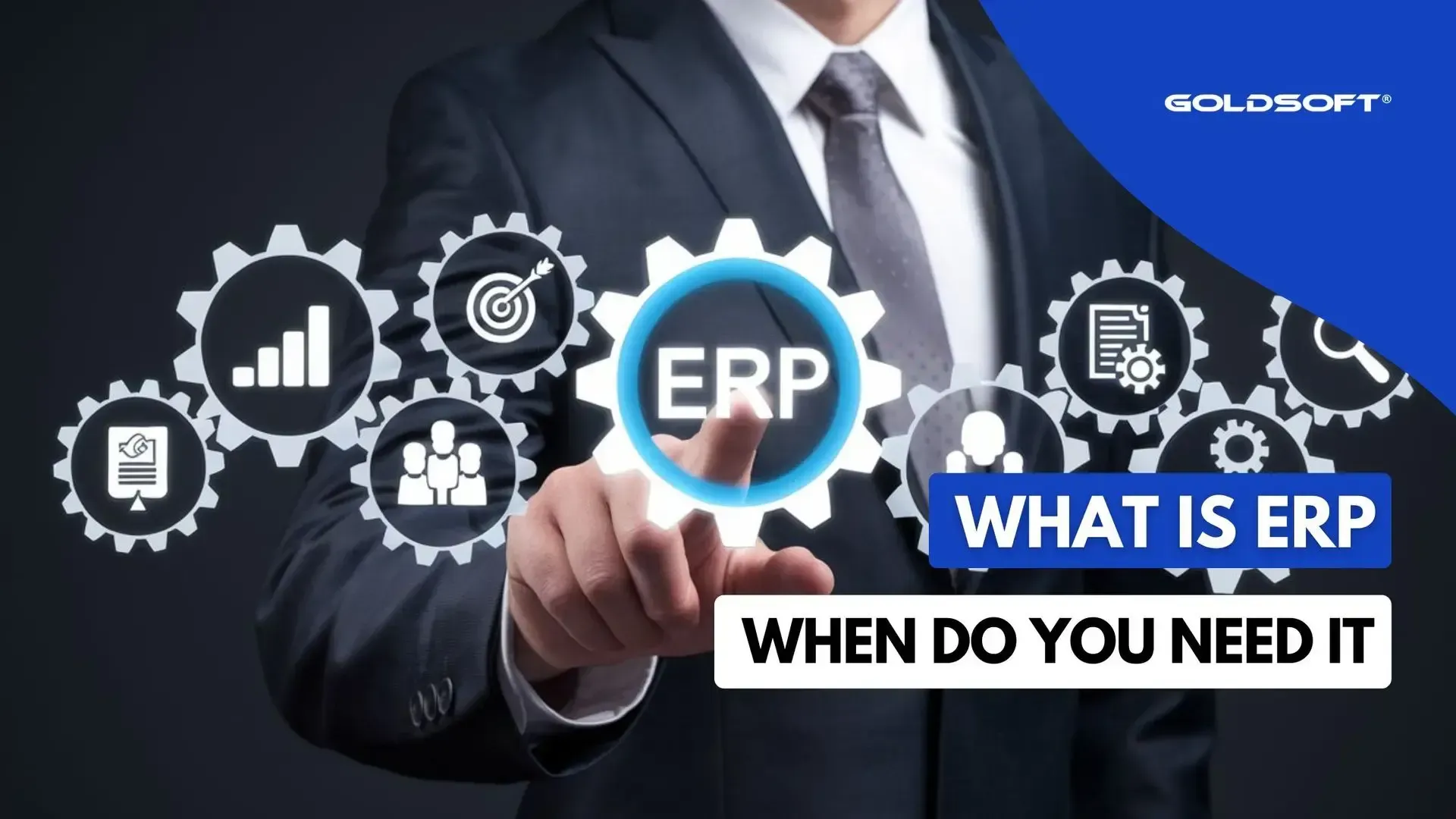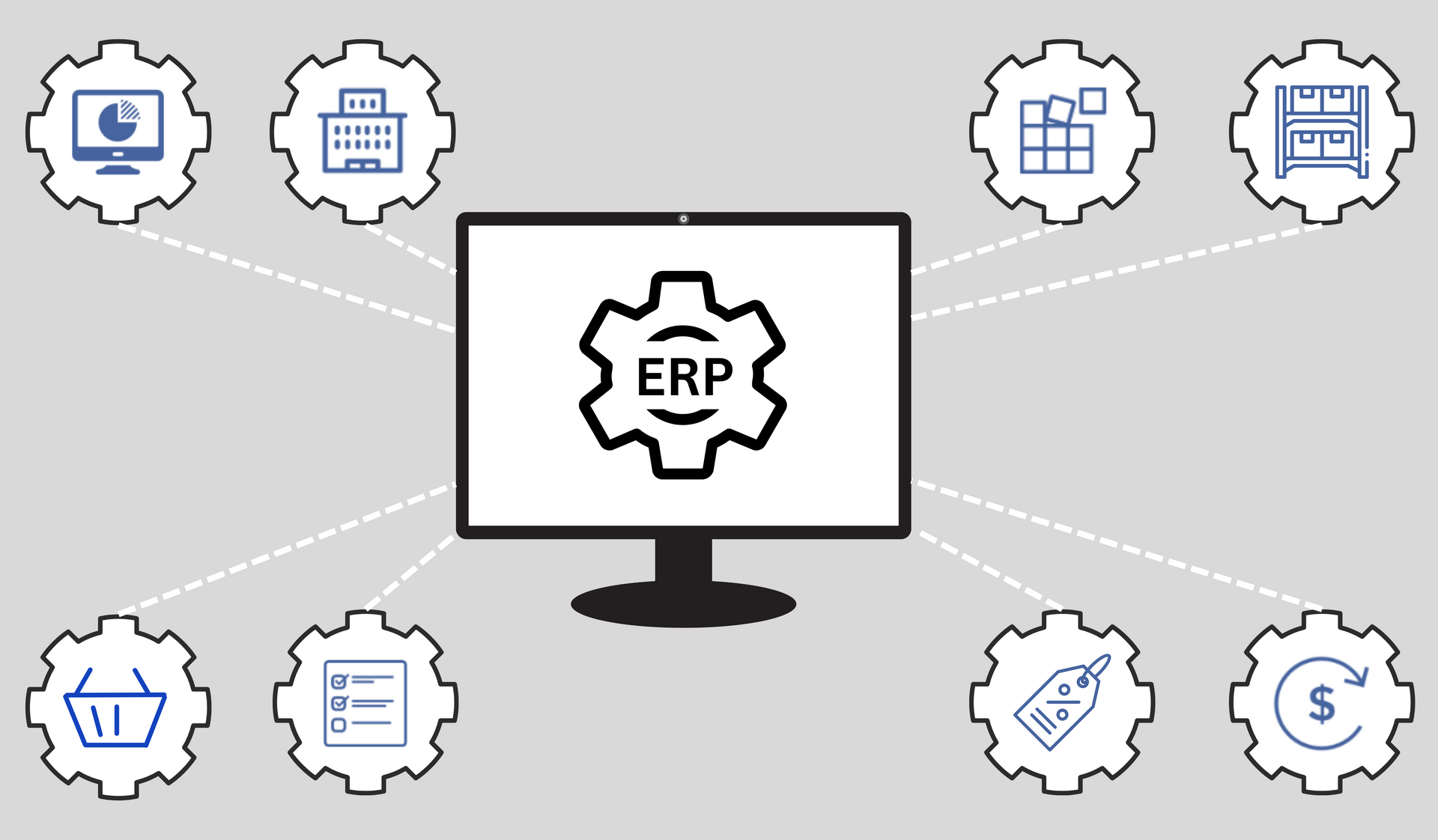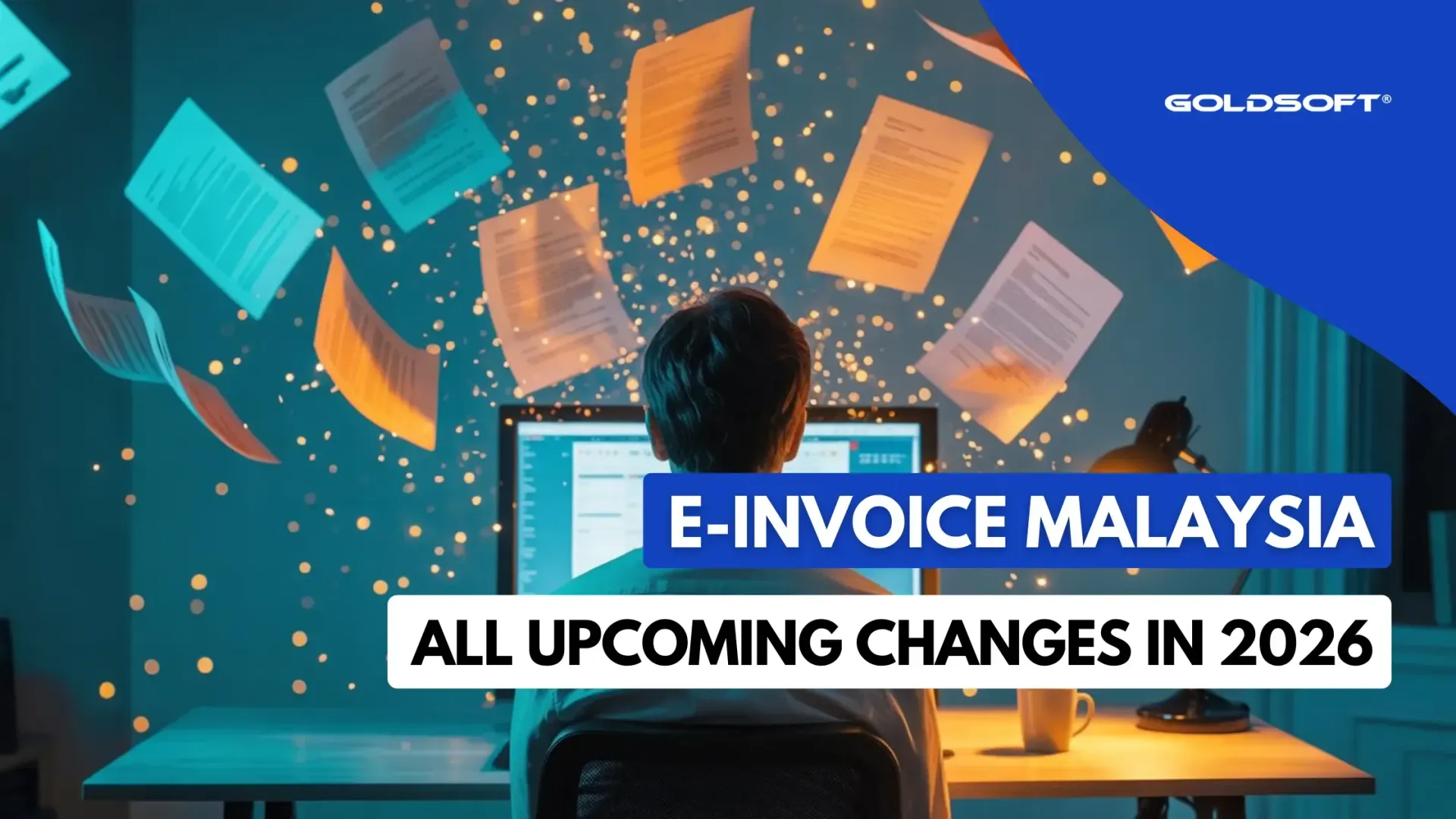What is ERP in Malaysia and When Do You Need It?
A practical guide to understanding ERP and identifying the right time to implement it.

In today’s fast-paced business environment, operational efficiency and seamless management are the cornerstones of success. An Enterprise Resource Planning (ERP) system has emerged as a transformative solution for businesses aiming to integrate their processes, optimize operations, and drive growth. But what exactly is ERP, and how do you know when it’s time to implement one for your business?
What is ERP
ERP, or Enterprise Resource Planning, is an integrated software solution designed to manage and automate core business processes across various departments. From inventory and sales to human resources and finance, an ERP system acts as the backbone of your business, ensuring seamless communication and unified data management.

By consolidating data into a single platform, ERP eliminates the inefficiencies caused by disconnected software systems. Whether you operate a chain of retail outlets, manage trading and distribution networks, or run a multi-branch enterprise, ERP systems provide real-time visibility into operations, optimize workflows, and support better decision-making.
Key Benefits of an ERP System
- Centralized Data Management: ERP consolidates data from multiple departments into a single database. This eliminates redundancies and ensures accuracy, especially critical for growing businesses managing inventory, sales, and customer relationships management data.
- Operational Efficiency: Automating repetitive tasks and streamlining workflows lead to faster processes and reduced operational costs.
- Scalability: As businesses grow, ERP systems can adapt and expand to accommodate new processes, departments, or locations.
- Improved Financial Oversight: With integrated accounting features, businesses can gain accurate and timely financial insights, aiding in compliance and strategic planning.
- Enhanced Customer Experience: By integrating sales, inventory, and customer data, businesses can provide faster, more personalized services to their clients.
When Should You Consider an ERP System?
The decision to implement an ERP system often comes down to recognizing inefficiencies or growth opportunities in your business. Here are some signs it might be time to invest in ERP:
1. Data Disorganization
If your business relies on multiple disconnected systems to manage operations, it’s likely causing data silos, duplication, and inconsistencies. An ERP system unifies these systems, offering a single source of truth for your business data.
2. Growth Challenges
Expanding into new markets, opening additional locations, or scaling your product lines can strain existing systems. An ERP system ensures you have the infrastructure to support growth seamlessly.
3. Limited Business Insights
If generating meaningful reports for multiple outlets or gaining real-time insights into performance is a challenge, an ERP system can provide robust analytics and reporting tools to guide your decisions.
4. Inventory and Supply Chain Issues
Managing stock levels, tracking inventory, and optimizing the supply chain are critical for businesses in retail, manufacturing, and distribution. An ERP system provides real-time inventory tracking and improved supply chain visibility.
Choosing the Right ERP Provider
While features and scalability are important, choosing the right ERP provider goes beyond software capabilities. You're also selecting a long-term partner to support your business growth. That’s why evaluating the provider’s experience, reputation, and stability is just as important.
Here are a few key things to consider:
- Industry Experience: An ERP provider with years of proven experience understands common challenges and can offer solutions that truly work.
- Company Reputation: A provider trusted by established or well-known businesses reflects scalability and confidence.
- Financial Stability: Ensure the ERP provider has a healthy, sustainable business. A financially stable provider is more likely to offer long-term support, regular updates, and uninterrupted service.
- Commitment to Innovation: Ensure the ERP provider has a history of updating and improving its offerings to meet evolving business needs.
Choosing a reliable ERP provider ensures that your business has a reliable partner for the long term, giving you peace of mind and uninterrupted service.
Take the Next Step
If your business is facing challenges in efficiency, scalability, or data management, it might be time to consider an ERP system. At Goldsoft, we specialize in providing tailored ERP solutions that meet the unique needs of different businesses. Our comprehensive JERP system offers everything from inventory management to financial reporting, ensuring your business operates at its best.
Contact us today at 03-2732 8833 or fill in the form below to learn more about how our ERP system can drive your business forward.
Contact Us
Share
Recent Articles





